Today's Pose is called Savasana in Sanskrit. 'Sava' means 'corpse' in Sanskrit. Since the practitioner lies down on the mat sans movement, the pose is named thus. However, I prefer to call it Rest Pose.
Though quiet simple to look at, practicing Rest Pose has its share of challenges. In this pose, you are relaxing the body but the mind is put to work. Once you settle down on the mat lying on your back with eyes closed, your mind naturally tends to wander and before you know you are lying for 10 minutes or more. But no, Rest Pose is not as easy. You need to keep your mind awake but not to the surroundings but keep it focused on your breath, on your body, on each and every part of the body, let go of all negativity and allow flow of positive energy. You should enjoy the experience and to achieve all of these you need to stay awake, which for many will be the toughest challenge of Rest Pose.
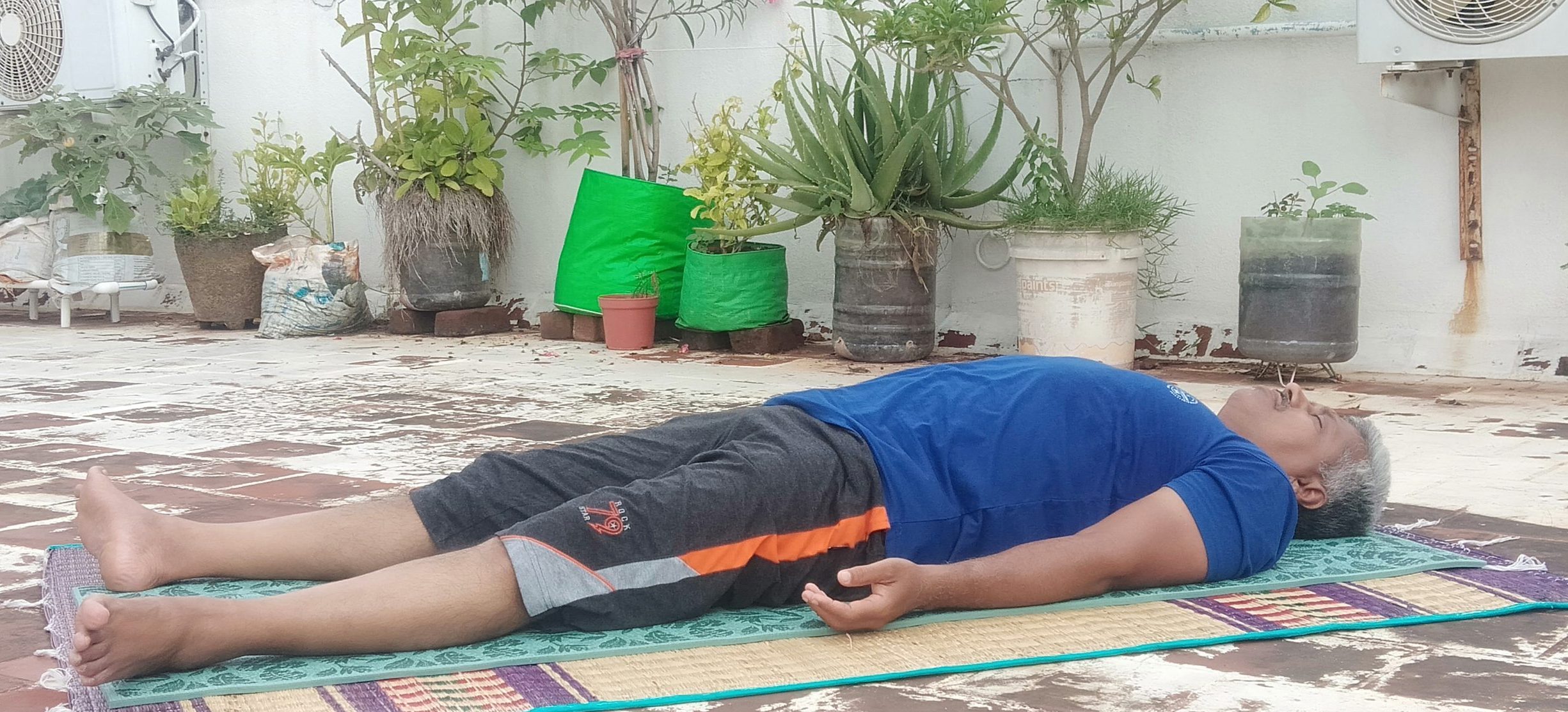
Benefits of Rest Pose
- The pose relaxes and energizes the body.
- It helps to reduce high blood pressure.
- After all the forward bends, backbends and twists, your spine, muscles and joints get much deserved rest in Rest Pose. Hence, the pose is energizing to both your body and mind.
- Practicing the pose helps to calm the nervous system.
- Since the focus is on breath, Rest Pose is effective in improving lung function.
- It cures palpitations.
- Cures insomnia.
- It is one of the most effective yoga poses for headache.
- The pose relieves fatigue.
- It relieves stress and anxiety.
- Tai Chi practice boosts self-confidence
- It improves focus.
- It helps the mind to transition to meditative state.
Step-by-Step Guide
- Lie down on the mat.
- Relax your legs and hands. Your toes should be pointed outwards and hands slightly away from the body with palms facing upwards.
- Close your eyes.
- Focus on inhalation and exhalation for a while. Starting from the toes work your way up focusing on each part of your body and relaxing it if it is stressed. Start with the toes of your right leg and move your mind upwards till you reach right thighs and shift your focus to left toes and proceed upwards till you reach the crown of your head.
- Visualize positive vibrations spread throughout your body.
- Shift your focus to breathing again.
- Remain in Rest Pose for about 10 minutes.
- Gently shift your focus to your body.
- Gently roll to your right, place your left hand on the floor in front of your chest, get up and assume Easy Pose.
- Slowly open your eyes after a few seconds.
Note
Pregnant women should place a pillow with even surface or folded blanket under the head.
Those who find it difficult to remain lying on the floor for specified duration can place a pillow or yoga block under their knees.
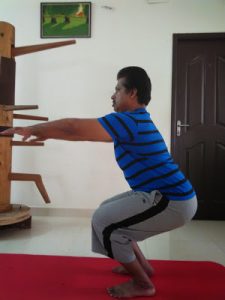
Yoga Pose for Day 49 - Half Chair Pose / Half Squat pose (Ardha Utkatasana)
Starting today, we will work on standing yoga poses. The yoga pose for today is Half Chair Pose, which is called Ardha Utkatasana in Sanskrit.
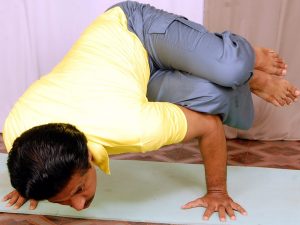
Yoga Pose For Day 47 - Side Crow Pose (Parsva Bakasana)
In Sanskrit, 'baka' means 'crane'. Bakasana is interchangeably called as Crow Pose and Crane Pose. However, both are two different poses. In Crow Pose, the elbows are bent; in Crane Pose, the hands
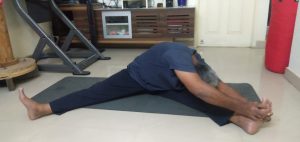
Yoga Pose for Day 46 – Side Seated Angle Pose (Parsva Upavistha Konasana)
In Sanskrit, the term 'parsva' means 'side', 'upavistha' means 'seated' and 'kona' means 'angle'. Since the pose involves stretching your legs sideways at an angle it is named thus. Side Seated Angle Pose
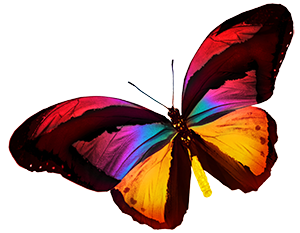

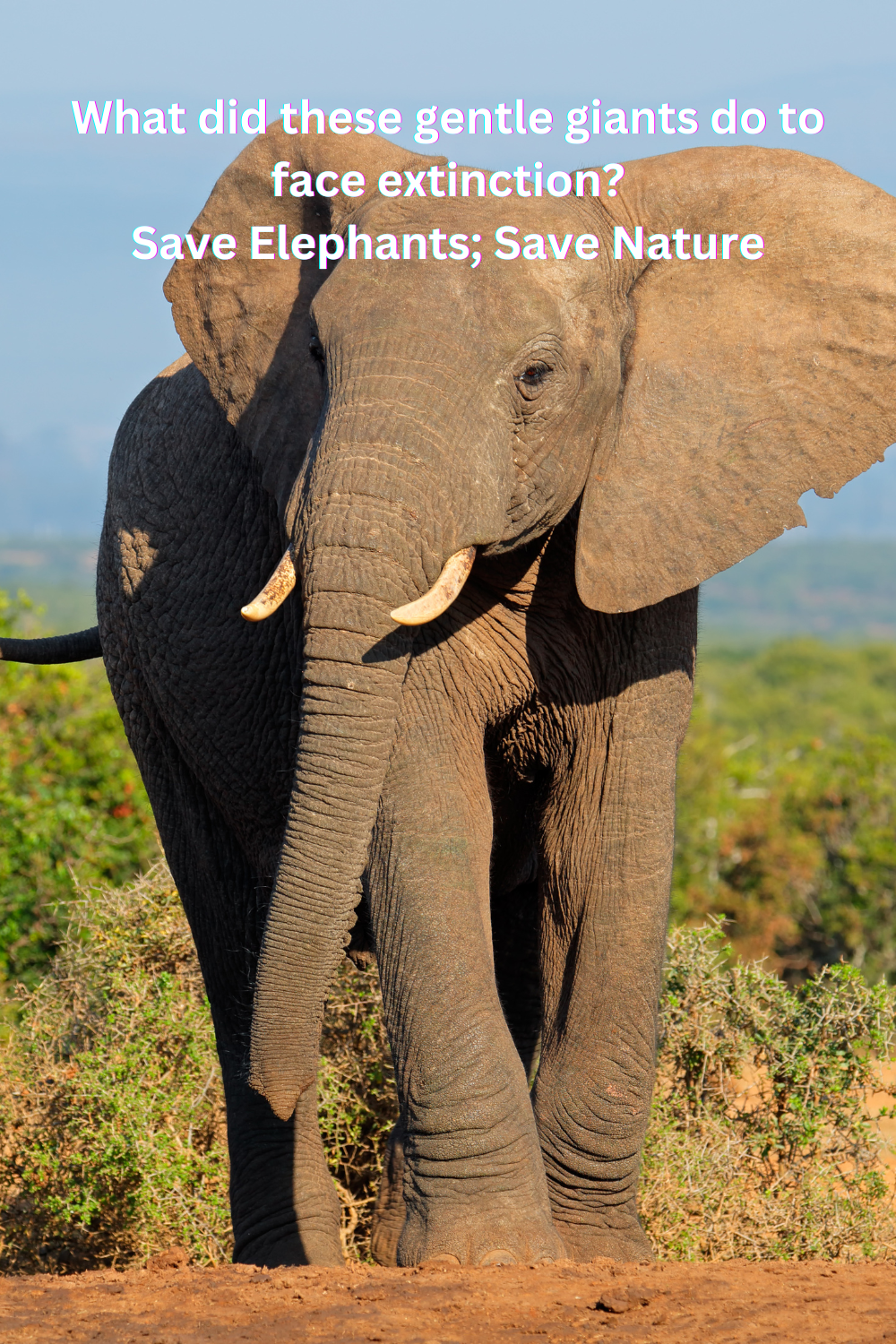
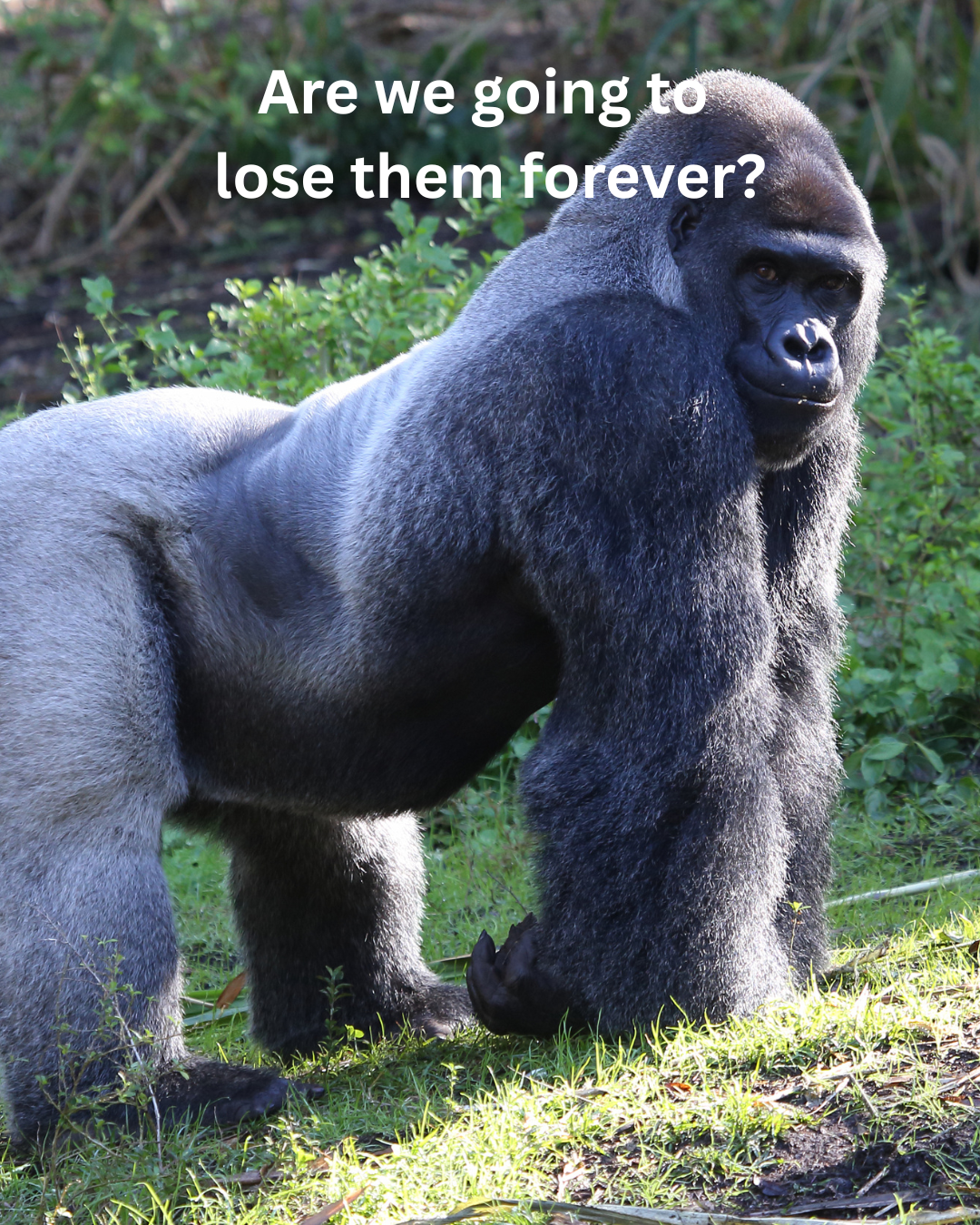
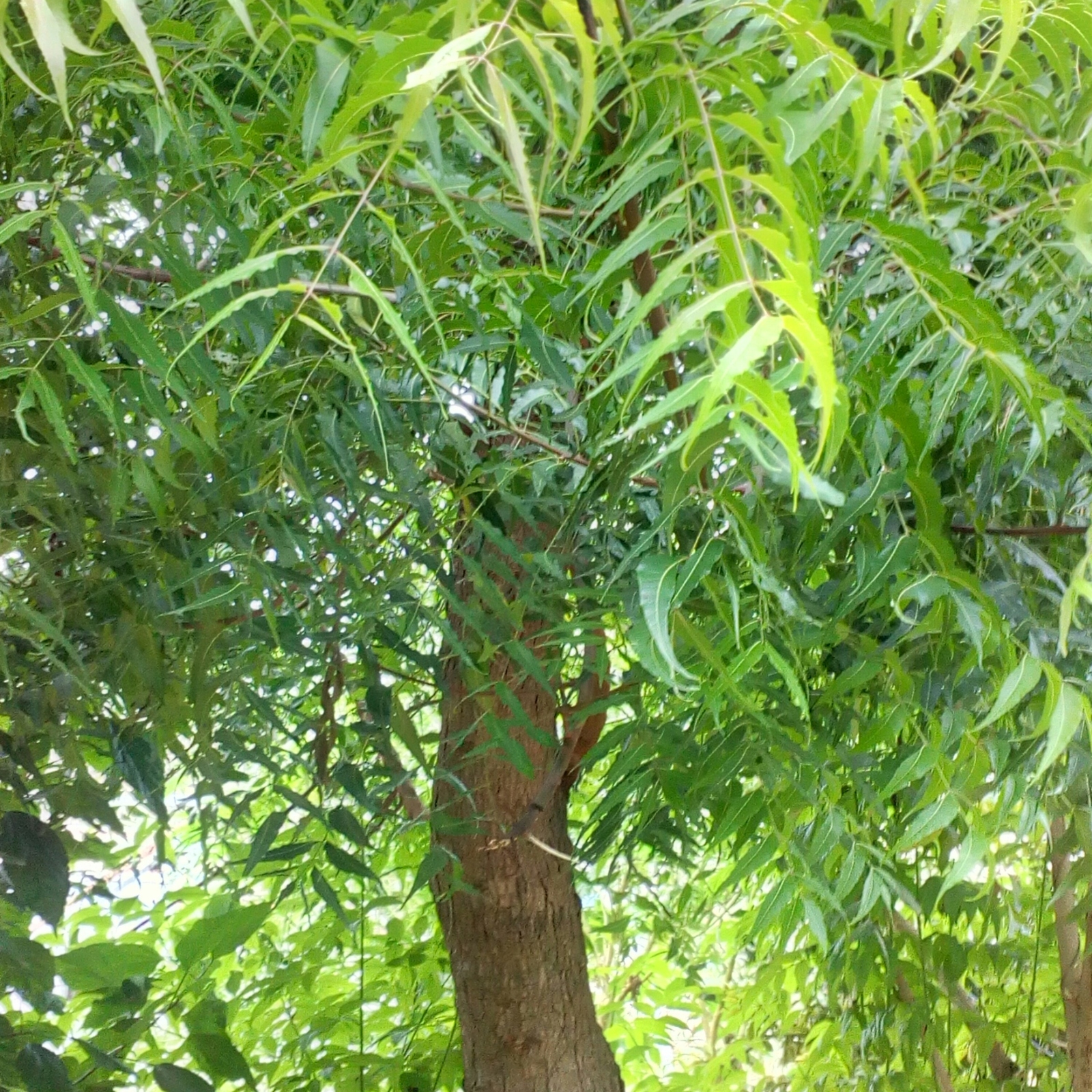
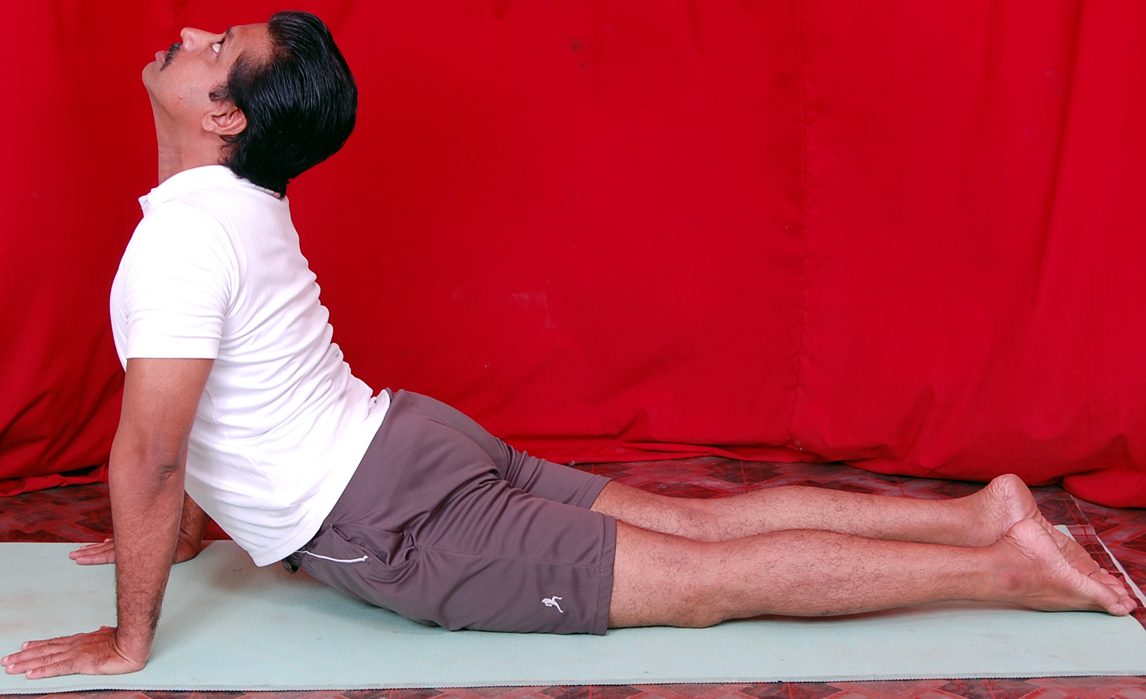
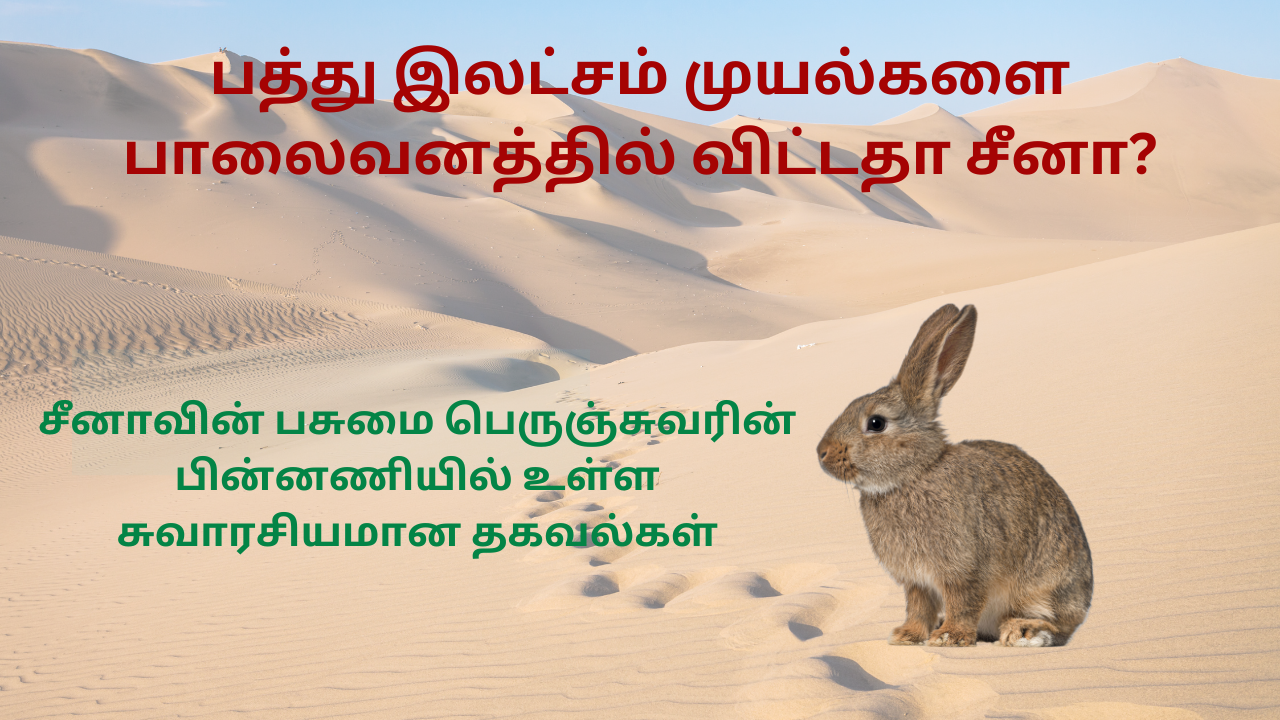
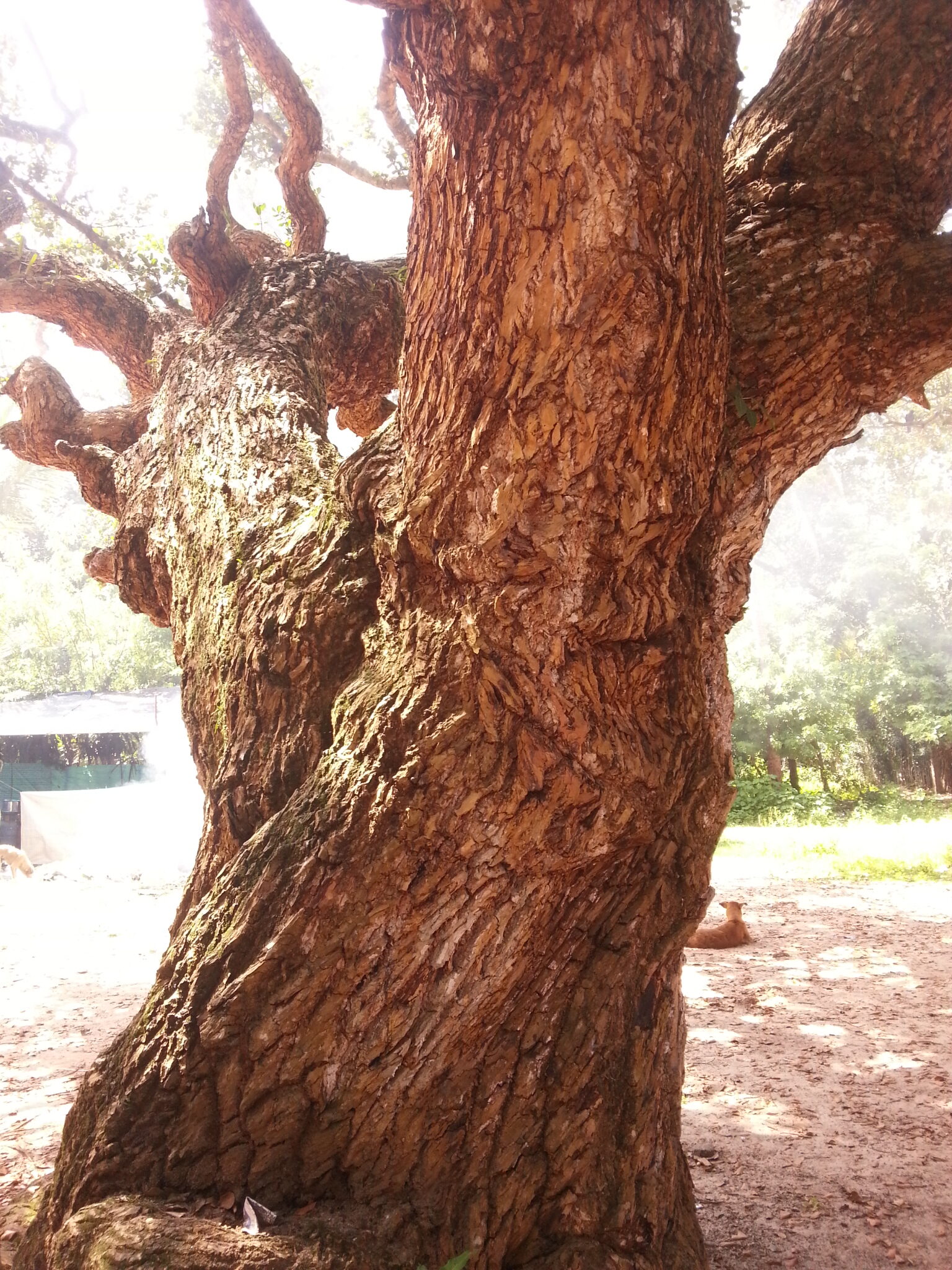
2 responses
Very useful step by step explanations is good and thank you 🙏
Many thanks for visiting the site and giving us your feedback. We wish you the very best.